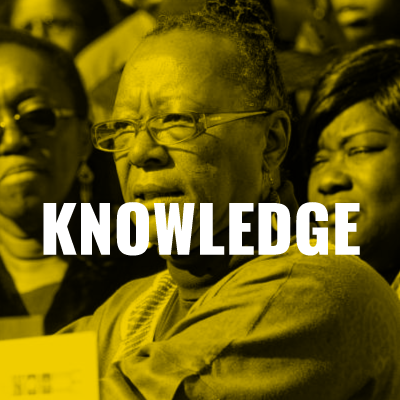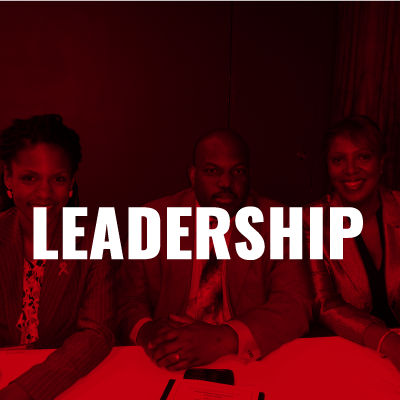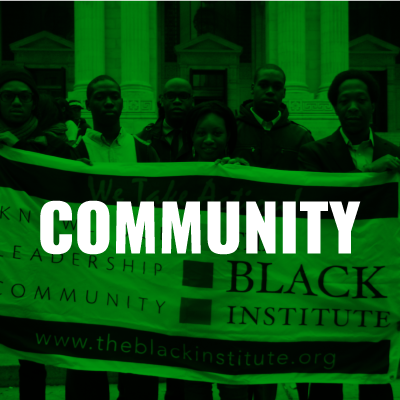Mission
The Black Institute shapes intellectual discourse and impacts public policy uniquely from a Black and people of color perspective in the United States and throughout the Diaspora. The Black Institute translates the “think” in think-tank into “action” through a rigorous three-level strategy comprising of academic and community research, inclusive and genuine civic development, and grassroots campaigns and political engagements. The Black Institute changes the discourse of public debate, trains and educate new leadership, develops initiatives to build wealth and power, and delivers justice to Black people and all people of color.
History
The Black Institute was founded in 2010 to advocate for the new coming global majority based on changing demographics around the world. It was built off the belief that issues for black people are issues for everyone.
Since then, The Black Institute has served as a hub for the community by providing groundbreaking research, leadership opportunities, legal and policy support, as well as implementing frontline organizing campaigns.
Our Guiding Strategies
The Black Institute isn’t a think-tank, it’s an action-tank. Through a head, heart and feet strategy, TBI injects new ideas for achieving racial equity and justice into the policy realm. TBI’s unique mobilization strategies and our guiding strategies–knowledge, leadership and community–build power and deliver justice to communities of color.
Hover over each image below to learn more.



